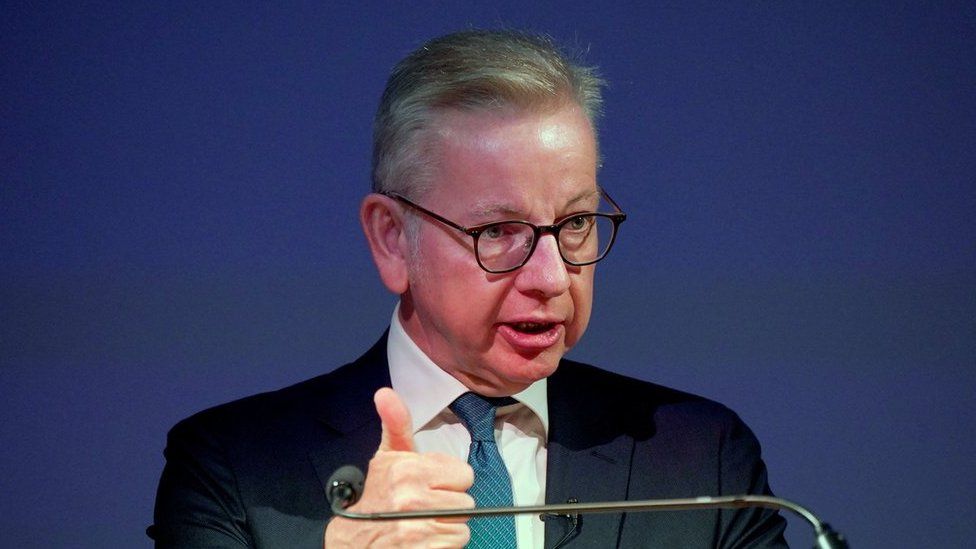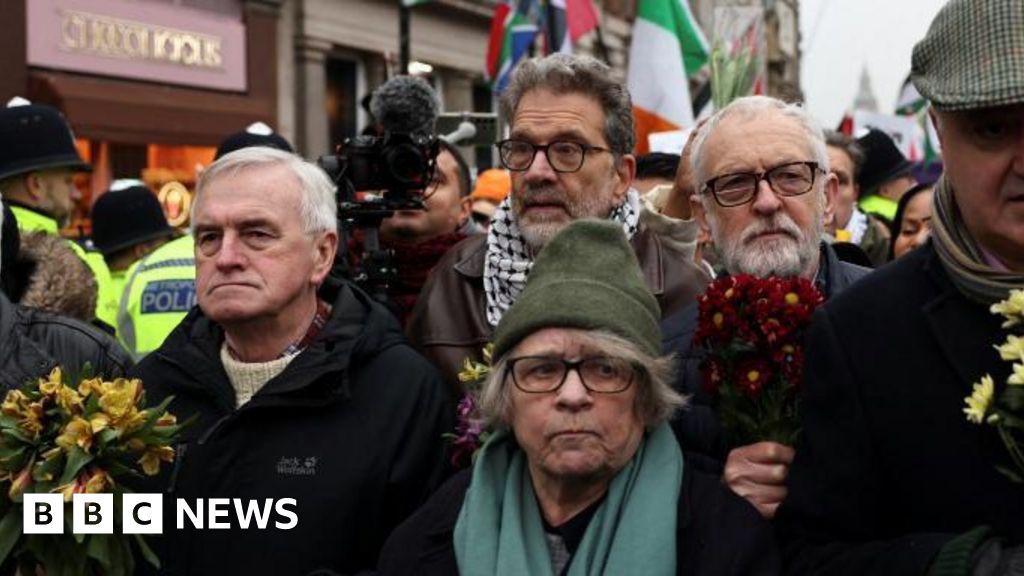ARTICLE AD BOX
 Image source, PA Media
Image source, PA Media
By Anthony Reuben and Lucy Gilder
BBC News
Levelling Up Secretary Michael Gove made a speech on Monday about the government's plans for housebuilding in England.
But not all of it was new.
Converting shops into houses
Making it easier to convert shops into houses was part of Mr Gove's plan to increase the availability of homes in cities.
However, a previous law - introduced in England in 2015 - means some properties can already be converted without planning permission.
More than 10,000 properties were turned into homes in 2021-22 under this law - known as "permitted development rights".
The majority of properties were changed from offices to residential accommodation (8,359) and from agricultural premises (591). Others changed from storage and industrial premises.
The government is now planning to launch a new consultation on allowing commercial premises - such as a shop or a takeaway - to be changed into residential accommodation.
However, former PM Boris Johnson announced similar plans back in 2020. There was also a consultation on supporting housing delivery in 2021, which looked at creating new permitted development rights.
Housing targets
A commitment to build one million new homes in England by the end Parliament was also reaffirmed by Mr Gove.
This would be in December 2024 - five years since the current Parliament first sat. The pledge was originally made in the Conservatives' 2019 manifesto - a set of promises set out by political parties ahead of an election.
So how is the government doing?
Between 2019 and 2022 (the latest available data), 687,390 additional homes were built in England.
This means - in order to meet the one million target - more than 300,000 homes will need to be built in the next year and a half.
In 2021-22, nearly 233,000 additional homes were built. This includes converted properties as well as new builds.
The government also has a second target - to build 300,000 homes a year by the mid-2020s. However, this one has never been met.
The Levelling Up, Housing and Communities Committee has said the government is not on track to fulfil this pledge.
Creating the Office for Place
Setting up the "Office for Place" was another of Mr Gove's proposals.
Described as a "new body", the Office would ensure housing was designed to a high standard. It would also give local communities a say in the look of new developments.
The government's press release said that the Office for Place "will be launched today".
However, this may be a surprise to the former Housing Secretary Robert Jenrick, who gave a speech two years ago on 20 July 2021 launching the Office for Place.
What has actually changed is that the Office for Place has gone from being a small team within Mr Gove's department to being a legally-constituted, arm's-length body.
£24m 'new' funding
The money, the government says, will be used to speed up housing developments and improve planning capacity.
But only half of the £24m is new funding. The government told the BBC that while £12m is new funding allocated to the Department, the other half would come from its existing budget.
Cambridge development
A great deal of Mr Gove's speech was given over to plans for large numbers of new homes and lab space in Cambridge.
He announced the establishment of a Cambridge Delivery Group to work out how to do this - although it was only allocated £5m to start work.
These plans are new, although there has been significant local opposition in newspaper reports ahead of the announcement.
The government's Levelling Up White Paper from February 2022 talked about how research funding was concentrated in Oxford, Cambridge and the South East of England.
That same document also talked about the £500m City Deal with Greater Cambridge, investing in infrastructure, housing and skills.
BBC Verify asked the Department for Levelling Up to set out which of the announcements were new. It pointed us to its proposals for Cambridge, East London and Leeds, as well as some of its planning reforms.

 1 year ago
61
1 year ago
61








 English (US) ·
English (US) ·